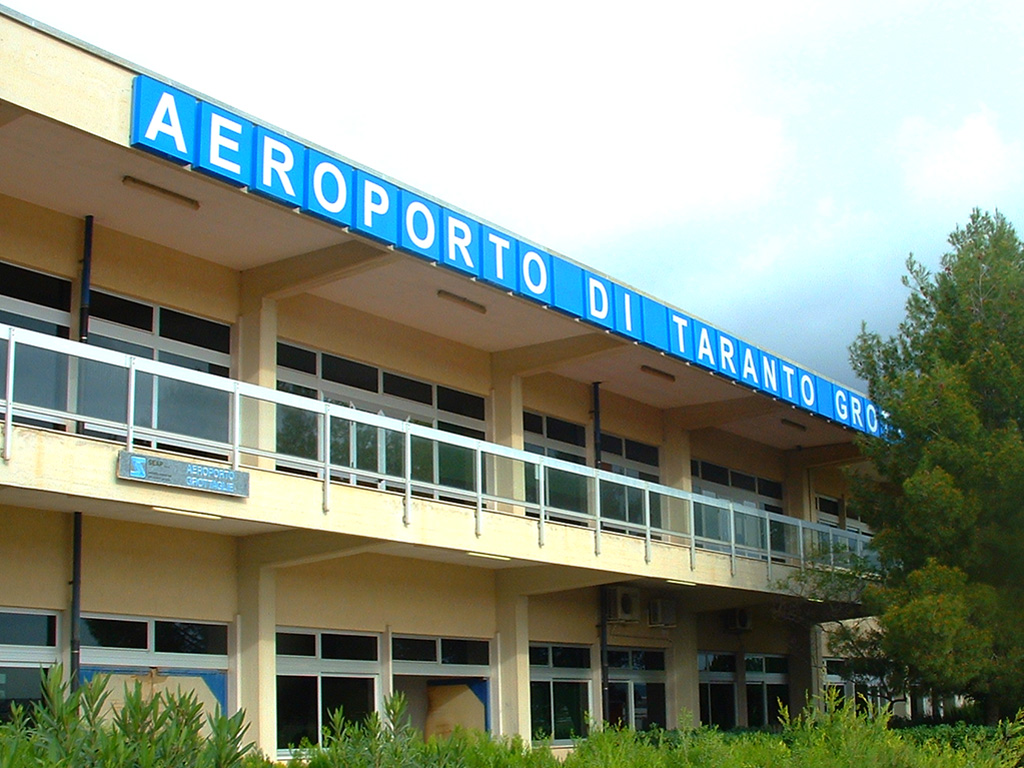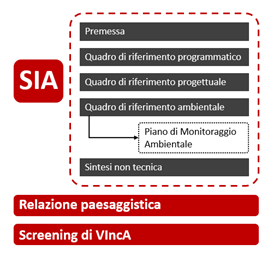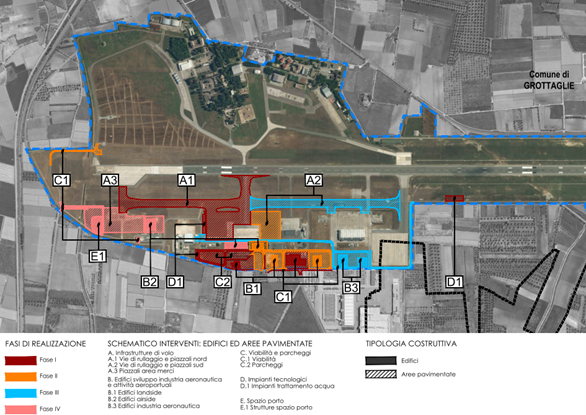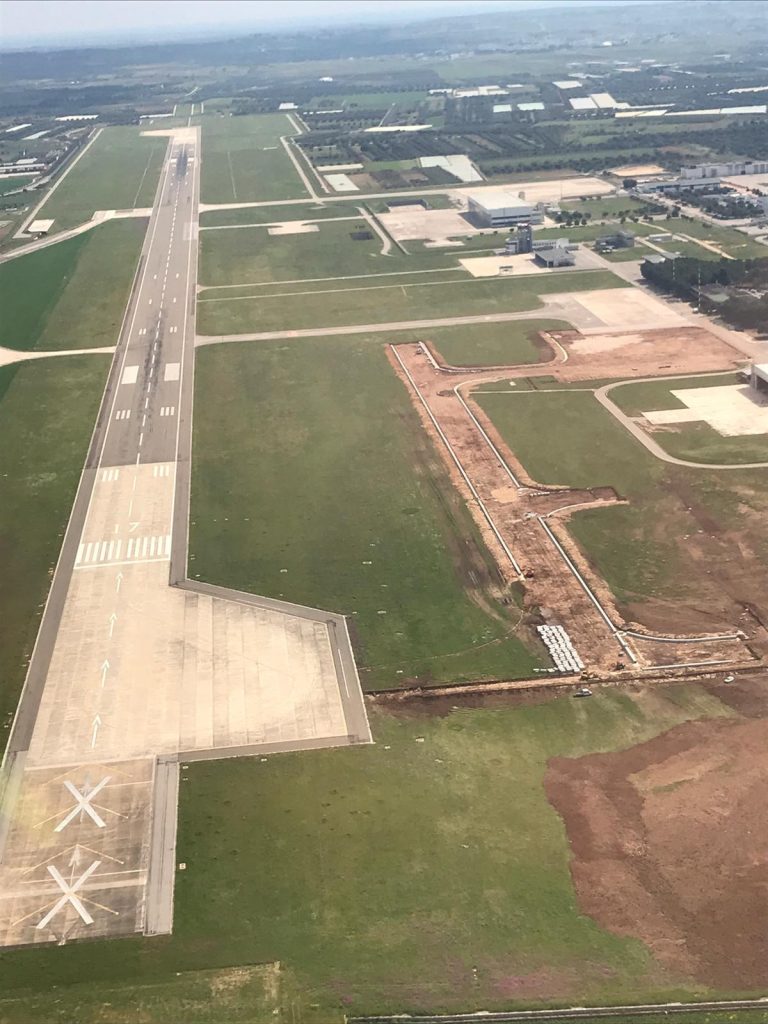Venice, the Procuratie Vecchie open to the public after 500 years
Palazzo delle Procuratie Vecchie in Piazza San Marco was inaugurated on the 8th of April, open to the public for the first time in 500 years, after the restoration works designed b
Puglia Airport Society
Grottaglie (TA)
Transport
215 Hectares
2016 – 2020
The Decree of the President of the Republic dated September 17, 2015, No. 201, has designated the “Marcello Arlotta” airport in Taranto-Grottaglie as a “national interest airport.” ENAC has determined that it is qualified to serve as an integrated logistics platform, facilitating research and development activities for aeronautical products, while activating management procedures for flexible airspace use. Based on this decision, in addition to the possibility of carrying out standard airport operations for civil transport and general aviation activities, the airport has initiated management procedures aimed at flexible airspace use. This is in response to the growing need to experiment with remote piloting (SARP), taking into account the particularly favorable conditions of the surrounding areas for these specific activities.

The Puglia Airports Management Company, in agreement with ENAC and the relevant local and supra-local authorities, has planned several interventions aimed at attributing various functions to the airport, including:
In order to capitalize on the opportunities and potential for system development of the airport, the Puglia Airports Management Company has initiated, through the Airport Development Plan 2030, the process of development and “specialization” of the airport. Specifically referring to the strategic objectives and individual interventions envisaged by the Airport Development Plan (ADP), an Environmental Impact Study has been prepared. Among the interventions planned by the Masterplan, the construction of the new Taxiway and its related branch, as well as the new aircraft aprons, are included.
The Environmental Impact Assessment has examined:

The Environmental Reference Framework aims to describe the expected relationships between the proposed work and the environment, estimating the likely modification of pre-existing quality levels before the intervention. This Framework provides a territorial and environmental framework, referring to all major environmental components, as well as geology, socioeconomic aspects, cultural heritage, and landscape. It analyzes the disturbances introduced at the main sensitive receptors, also through simulations, and the necessary and consequent evaluations of impacts on ecosystems, flora, fauna, vegetation, landscape, and human health using well-known calculation tools (from AEDT, formerly EDMS, and INM, SoundPlan to the use of photo simulations). It should be noted that, in addition to established environmental components, particular attention has been paid to climate and its changes. All this, with reference to both the construction phase of the work and its operational phase, and with appropriate comparative evaluations with environmental planning. The study also includes a proposal for an Environmental Monitoring Plan, the Landscape Report, and the VIncA Screening.


Palazzo delle Procuratie Vecchie in Piazza San Marco was inaugurated on the 8th of April, open to the public for the first time in 500 years, after the restoration works designed b